Every student has the possibility to be a successful reader. If you have students who struggle with reading, it might be a sign that they are reading the wrong texts or just need a few more tools added to their reading toolbox.
Our goal as teachers is to give students as many opportunities to engage with texts that will help them feel like successful readers. When your students struggle, it doesn’t always mean that they don’t comprehend the text. There may be other factors impacting their understanding. Here are the seven key attributes of successful readers, and what qualities to look for in order to identify them!
Accuracy
Accuracy is the ability to read words accurately. A break in accuracy leads to a break in comprehension, so it’s important that students have the tools they need to quickly and fluently decode unfamiliar words. The main qualities of reading with accuracy include:
-
Reading words smoothly, without stumbling over sounds.
-
Rarely having to stop to decode words.
-
Using word parts to mentally decode words.
Fluency
Fluency is the primary focus of reading instruction in 2nd grade, and continues to be reinforced in 3rd-5th, as needed. It’s the skill that bridges the phonics instruction from Kindergarten and first to the deep comprehension of the upper grades. A fluent reader has the following qualities:
-
The student pauses at commas, and stops briefly at the end of sentences.
-
The student changes the tone and volume of his or her voice appropriately.
-
The student reads smoothly and naturally, the way he or she would talk in conversation.
-
The student reads at an appropriate rate: not too fast, and not too slow.
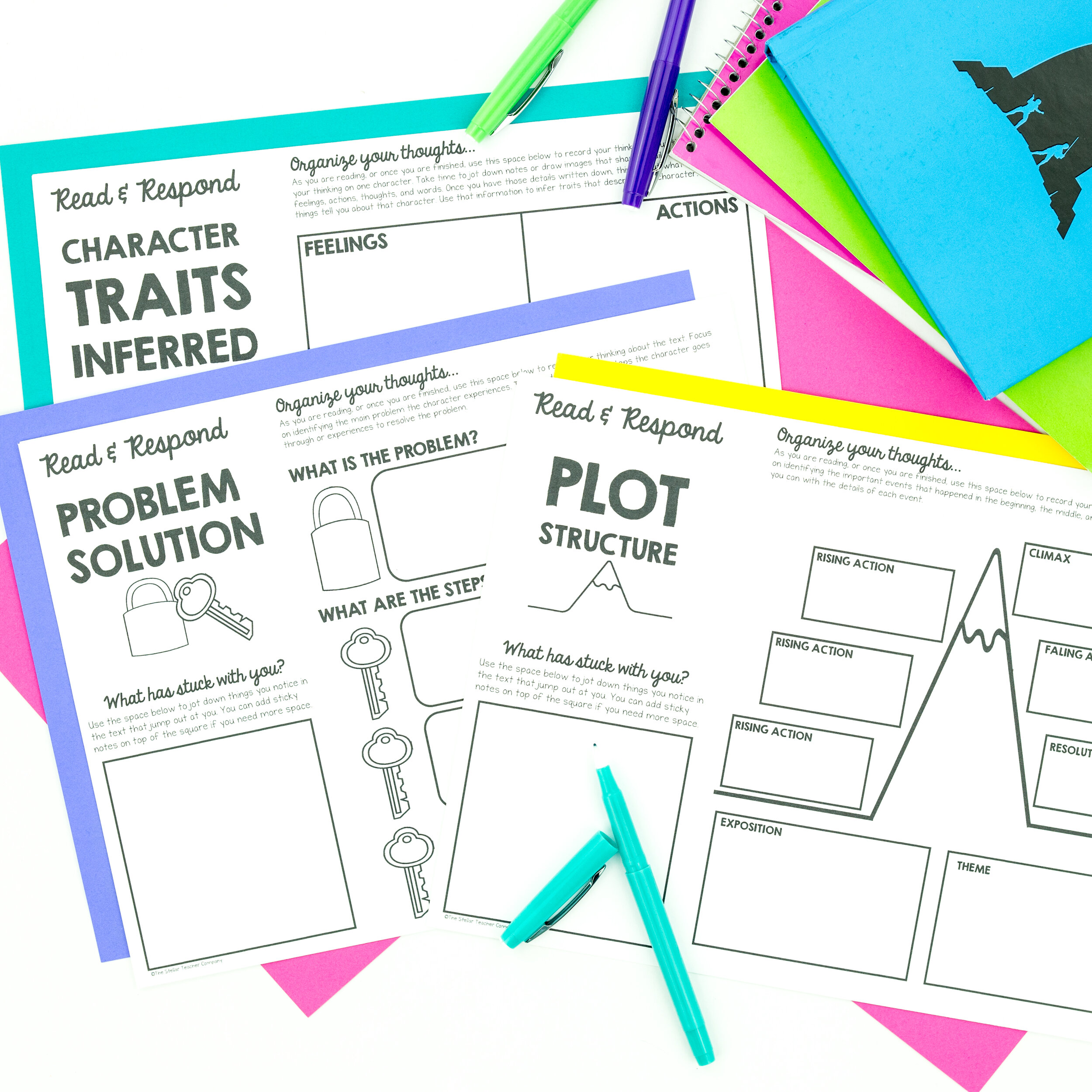
Efficacy
Efficacy relates to the student’s believe that they can be a successful reader. They are confident in their ability to grow. Efficacy does not seem like a teachable skill on the surface, and really, a lack of efficacy is often the thing that a student learned. Students with strong reading efficacy have had mostly positive reading experiences in their school careers, and have a strong sense of self-esteem. Readers with efficacy:
-
Do not shy away from new reading experiences.
-
Do not get frustrated or try to give up while they are reading difficult texts
-
Persevere through long, complex texts without getting fatigued
Interest
A student with a lot of reading interest is the student who is always trying to sneak in a few extra minutes of reading in your classroom. They have identified what they love to read, and they actively seek out new titles. These students:
-
Have a strong reading identity. When you ask them what they enjoy reading, they have a clear answer with specific examples
-
Do not need to be ‘forced’ to complete 20 minutes of reading a night. They are happy to read more than 20 minutes, all on their own
-
Participate eagerly in reading discussions, and have much to contribute
One of the best ways to help your students become more interested in reading is to create a highly engaged reading block. If you’re looking for easy to implement ideas on how to spark interest and a love of reading, check out this blog post where I share 10 easy ways to make reading fun and engaging for students.
Motivation
A motivated student is often a student who also has a lot of reading interest. Motivated readers do not need to be convinced to read, and they do not need to be incentivized. Reading for the sake of learning something new, or finishing a book is more than enough incentive for them. Motivated readers often…
-
can tell you how many books they’ve read lately
-
always have a new book at the ready
-
read a high volume of texts, from a variety of genres
Background Knowledge
Background knowledge is unique and personal. It varies from student-to-student, and within one student it varies from text-to-text. A student who has never seen a beach before will have less of an advantage in being able to engage with a book about the beach. But, successful readers do not limit their background knowledge simply to their life experiences. Instead, they can draw on their reading experiences to also help them make sense of a text. These students…
-
can see connections from one text to another
-
can make life connections to the texts that they are reading
-
can see common threads between multiple books that an author writes
Comprehension
Comprehension is a culmination of all of the attributes listed above. Without those pieces, deep, meaningful comprehension does not happen. A break in any of these areas weakens comprehension, which in turn detracts from the reading experience. Students with strong comprehension skills:
-
can retell a story easily, without support
-
can see complex story attributes, such as the theme, lesson, or purpose
-
can write to respond to their reading, without needing additional prompts or aide
If you’re looking for tips on effective comprehension strategy instruction, check out THIS post.
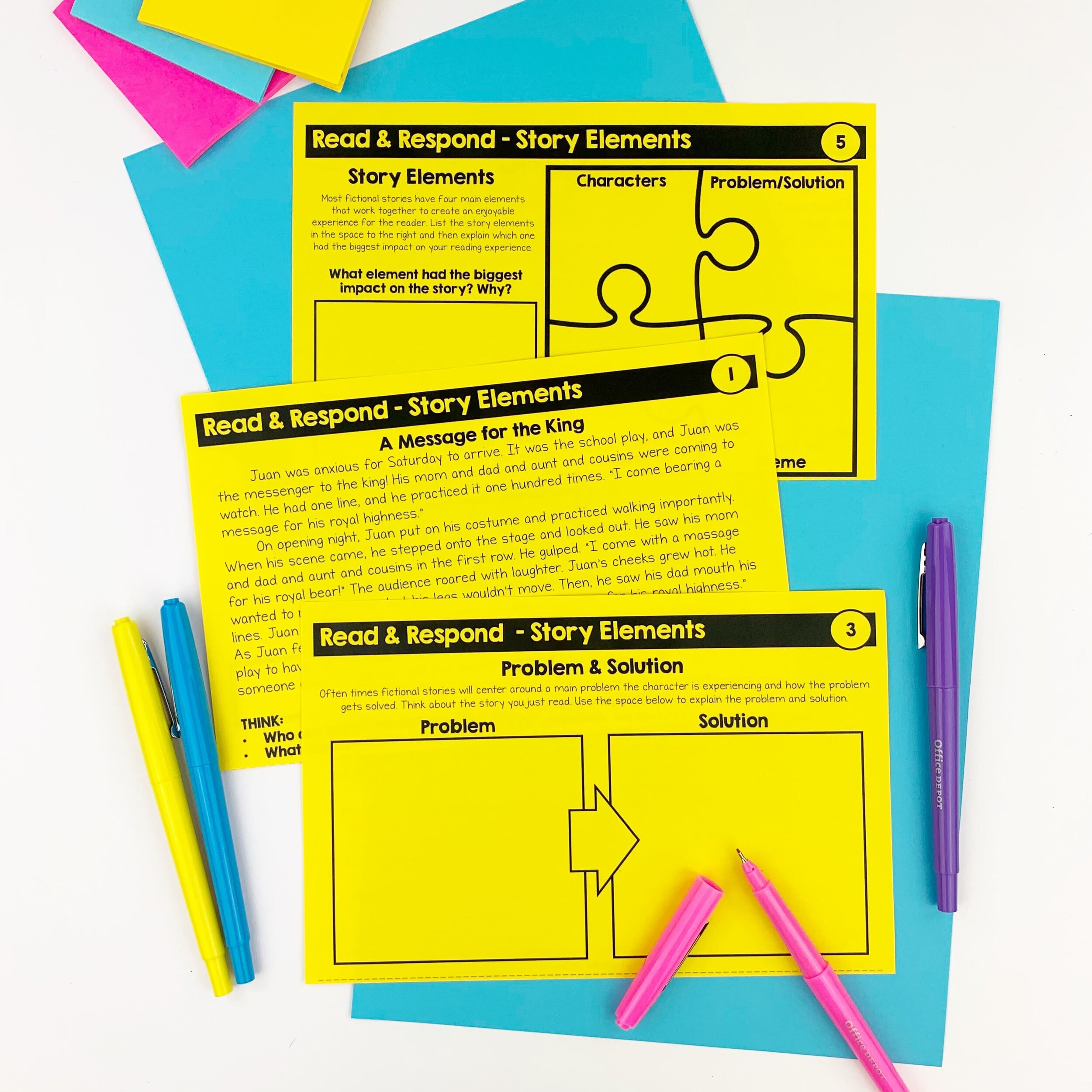
Successful readers have a blend of all of the attributes listed above. They read with ease, AND are interested in it. As teachers, it should be our goal to provide our students with as many of these attributes as possible.
Happy Teaching!
Grab Your FREE Gift!
Greek & Latin Root Word Reference Sheets
This root word reference sheet will help your students remember common Greek & Latin Root Words. The reference sheet includes the definition and examples of 40 common root words as well as picture cues! It also includes customizable spaces for students to add their own root words.
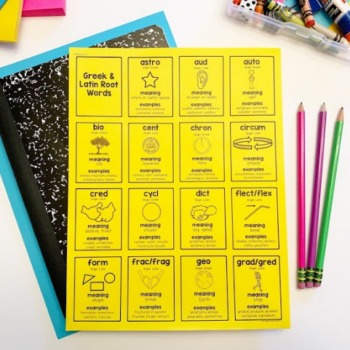
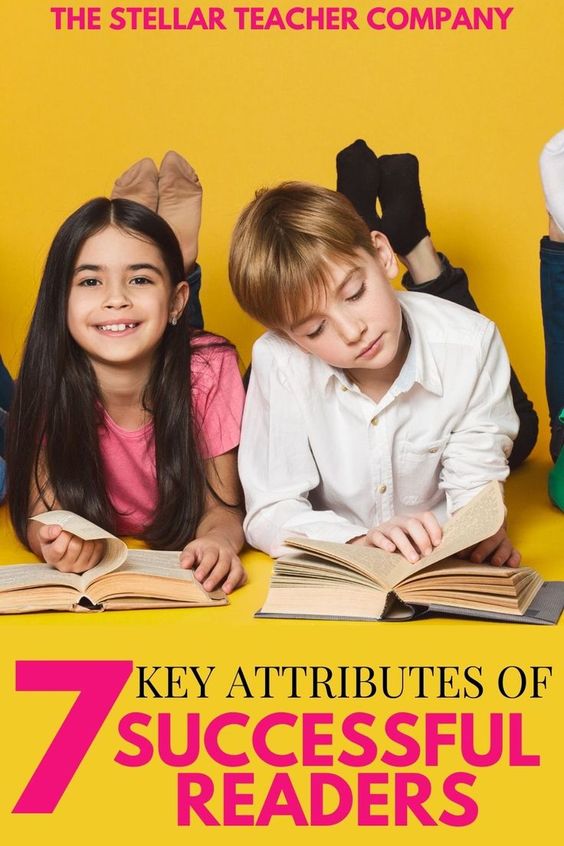



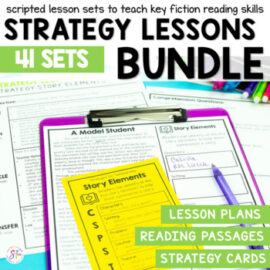
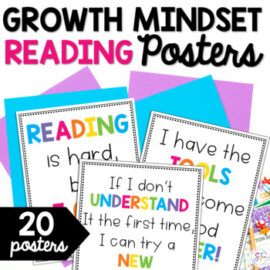

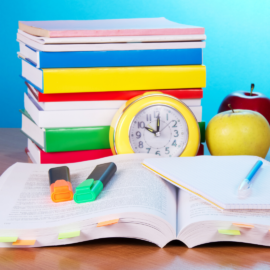
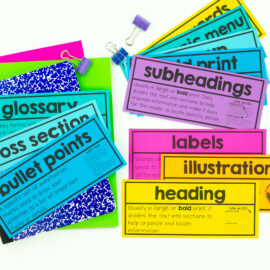



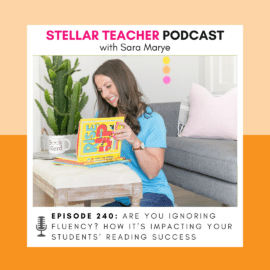
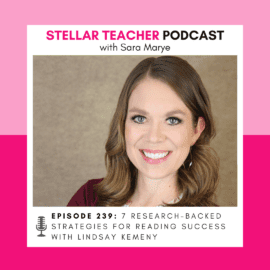

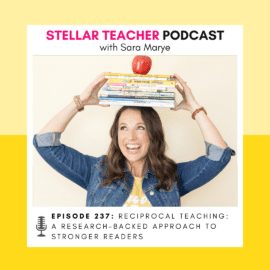



Leave a Comment
You must be logged in to post a comment.